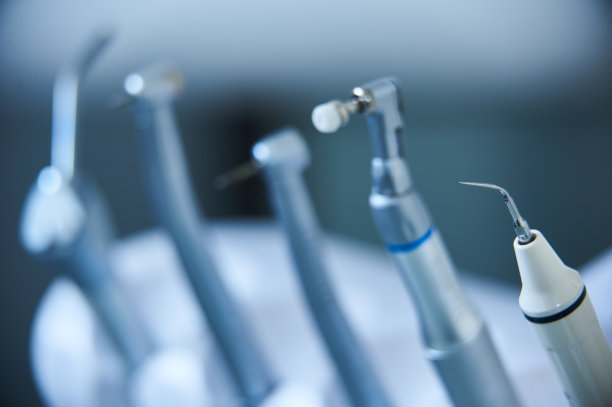Important Guidelines to Follow Before and After Dental Filling Procedures for Optimal Oral Health
Summary: Dental fillings are essential for restoring teeth damaged by decay or trauma. However, to ensure optimal oral health, both pre-treatment and post-treatment care is crucial. This article highlights important guidelines to follow before and after dental filling procedures, including communication with your dentist, understanding the filling materials, planning for your recovery, and maintaining oral hygiene. By adhering to these guidelines, patients can improve their treatment outcomes, minimize discomfort, and ensure lasting dental health.
1. Communicate Openly with Your Dentist

One of the most important steps before undergoing a dental filling procedure is to communicate openly with your dentist. Discuss any fears or concerns you may have about the procedure, as well as your medical history and any medications you are currently taking. This information is vital for your dentist to tailor the treatment to meet your individual needs.
Furthermore, do not hesitate to ask questions about the procedure itself. Understanding what to expect can greatly reduce anxiety. Inquire about the filling materials being used, the estimated duration of the procedure, and the recovery process. This dialogue fosters a trusting relationship between you and your dental care provider, promoting a more comfortable experience during treatment.
Lastly, ensure that your dentist is aware of any allergies you may have, particularly to anesthetics or specific dental materials. This can help avoid potential complications during the procedure.
2. Understand Filling Materials and Options
Dental fillings come in various materials including amalgam, composite resin, glass ionomer, and porcelain. Each material has its advantages and disadvantages, making it important for patients to understand their options. Composite resins match the natural color of teeth and are ideal for visible areas but may not be as durable as amalgam fillings.
On the other hand, amalgam fillings are known for their strength and longevity, making them suitable for back teeth that endure significant pressure. Discussing these options with your dentist can help you make an informed decision that aligns with your oral health needs and aesthetic preferences.
Additionally, inquire about any new material options or advancements in filling technologies that may benefit your situation. Awareness of recent developments in dental materials can be a key factor in achieving both functionality and aesthetic goals for your filling.
3. Plan for Your Recovery Period
Post-treatment recovery can significantly affect the success of your dental filling. Planning for this period is crucial. Initially, after your filling, you might experience some numbness due to anesthesia, so it is recommended to wait a few hours before eating or drinking. This will help prevent accidental bites on your tongue or cheek.
Another important consideration is to avoid hard or sticky foods for at least 24 hours after the procedure. These foods can put undue pressure on the freshly filled area and may cause discomfort or even damage the filling. Soft foods like soup, yogurt, and smoothies are excellent choices during this recovery phase.
Furthermore, if you experience persistent pain or discomfort after your filling, it鈥檚 essential to contact your dentist. Do not wait for it to resolve on its own, as this could be indicative of a more significant issue requiring immediate attention.
4. Maintain Good Oral Hygiene Practices
Maintaining good oral hygiene after getting a dental filling is paramount to ensure the longevity of the restoration. Brush your teeth twice a day with fluoride toothpaste and floss daily, paying special attention to the area around the filled tooth. This routine helps prevent further decay and ensures that your gums remain healthy.
Regular dental check-ups and cleanings are also essential to monitor the health of your fillings and overall oral health. Your dentist can provide professional cleaning and identify any issues that need to be addressed before they become serious problems.
Lastly, consider reducing sugary snacks and acidic beverages that can wear down both your natural teeth and fillings. A balanced diet contributes to optimal dental health and can significantly prolong the lifespan of your fillings.
Summary:
In conclusion, following these essential guidelines before and after dental filling procedures can greatly enhance your oral health. Effective communication with your dentist, understanding filling materials, planning your recovery, and maintaining diligent oral hygiene are all vital components for a successful treatment outcome.
This article is compiled by Vickong Dental and the content is for reference only.


